Karaikudi in Chettinad, is a popular destination for food lovers, architectural buffs and antique hunters. Tucked into the southeastern corner of Tamil Nadu, this town and the 70 or so other villages in the area, make up the ancestral home of the Chettiyars.
The Chettiyars are a class of wealthy merchants. They built their fortunes from trade and finance ventures in south east Asia. Because of their travels, their food is distinctly different from other Indian cuisines. It’s influenced by Singaporean, Malaysian and Burmese cuisines along with the “butler cuisine” leftover from the British Raj.
The architecture of Chettinad is also distinct.
It’s renowned for hundreds of concrete palatial mansions. They are filled with art deco elements and lavish building materials gathered from the Chettiyars’ stays in foreign lands.
Today, few of the families can maintain the properties they inherit. Subsequently, the antique stores in the town fill up with all manner of household goods and heirlooms. More on that later. First, let’s tell you how to find this place like no other.
Getting there
The town of Karaikudi in Chettinad is the darling of the area. It’s about a four to five-hour drive or two-hour train ride south of Chennai. If you fly into Madurai, the closest airport, the town is about a two-hour drive.
Traveller’s Tip: Take the driving times as an approximation because driving in India is never an exact thing.
It takes a while to clear Madurai but, as you head east, vegetable markets pop up between small villages to replace the honking horns and jammed city streets. The plains close to Madurai are fertile. The River Vaigai sustains them as it cuts through the land here on the eastern side of the Western Ghats mountain range of South India.
Tucked in the South East Corner
Heading further south and east, away from that great river, the land is parched, the roads more rutted. Towering mounds of red granite protrude randomly from the brush covered earth. Herders tend their scruffy goats and skinny cows with long staffs as they walk the sides of the road, oblivious to the passing traffic.
Still closer to Karaikudi, children in spotless, perfectly pressed school uniforms return to their homes laden with backpacks after school. The girls have ribbons tied at the end of long shining black plaits. They bounce on their back in rhythm with their steps. The boys drape arms over each other’s shoulders and walk three or four abreast. Jostling and laughing, they trail along behind the girls.
It does not appear to be a prosperous area. You don’t expect to find it when you do.
Arriving
Finally, under the shade of big old Tamarinds and Raintrees, you enter Karaikudi. A colourful central temple and its adjacent bathing pool could be useful landmarks – if one could find them again.
All the buildings here are no more than three or four storeys and are so close together it takes a good deal of insider knowledge to find your way. In a maze of streets like this, it’s good to have a driver with local knowledge.
The houses on the outskirts of town started out modestly but soon they turned into the famous palatial behemoths the area is so famous for. Some are spotless like newly iced wedding cakes. Most are in various states of decay.
They are victims of neglect and of humid monsoons and hot sun of Tamil summers. Black mould creeps across their formerly white washed walls. Set up side by side, they now look like soiled dominoes. Their proximity seems odd until you enter one and realize the number of courtyards that lay within.
A mansion tour
When our car finally rolled to a stop in Karaikudi in Chettinad, it was at the mansion home of our friend Mrs. Meenakshi Meyyappan. We were excited to see what lay inside one of these marvels from another era.
Wide granite steps led to a broad thinna (verandah). It was sheltered under an elaborately painted tower and tiled roof. The solid teak front door was one foot thick and intricately carved.
The caretaker met us and explained that the front of the home was purposely built with the wide thinna so the family could offer shelter to travellers and the less fortunate. To this day, the family gives food and a bedroll for the night in this space to those in need. Water is also always available.
The family’s controller took over our tour once we entered the home. It was clear he audited and accounted for every aspect of the family’s wealth.
The details
First, he showed us through a receiving hall, ball room and banquet hall – each more elaborate than the next. Business, he explained, was conducted in the front hall or on the platforms to the side of the main entrance. The interior courtyards were and are used for ceremonies.
The ceilings were 20 to 30 feet high. Daylight cascading through stained glass softly lit the rooms. Railings were wrought iron in art deco patterns. Sepia toned family portraits hung on the walls as if watching our progress through their past.
The controller’s ring of brass keys jangled in his hands as he shared the origins of the architectural details. There were Burmese teak doors, Italian marble pillars, shining locally-made Anthangudi tiled floors, Belgian glass mirrors and European crystal chandeliers.
All these grand details struck an impressive contrast to the complete lack of furniture – anywhere. We did not enter the private apartments of the family but I suspect they would be cozy compared to the grand public spaces we toured.
Form and function
Functionally, the thick brick and limestone plastered walls of the Chettinad mansions were designed to keep the inhabitants cool. Tiled roofs were sloped to collect rainwater during monsoons. And, underground wells stored the water for the dry season.
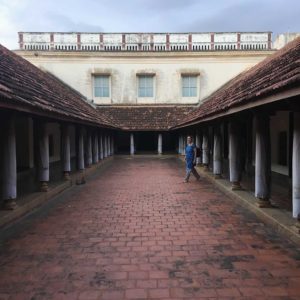
Near the back recesses of the vault-like home, white sheet ghosts draped themselves over beds standing on end. “They’ll be set up for the family when they come for celebrations,” he shared. The kitchen and another courtyard at the very back were for the women and servants to gather in or work. These spaces seemed more friendly and approachable – a place you could let your hair down for a bit.
We ejected into the open-air to one side of the home. A pillared arcade surrounded a cobble stone interior courtyard. Doors to individual apartments occurred at regular intervals. This, we learned, was the original family home.
The controller use his jangle of keys to unbar and unlock another massive door and we found ourselves parallel to where we had entered. We were so impressed with the main entrance we hadn’t noticed this smaller, original entrance when we unfolded ourselves from the long car ride.
Antique hunting
Tour over, we strolled to the centre of Karaikudi in Chettinad. Finding a chai wallah (worker), we sipped creamy fennel-scented tea and watched as he strained it and poured it back and forth between cups to cool it for his customers.
We poked through food and household goods markets and finally ended up in the antique sellers’ alleyways. Just a block off the main market where shoppers were bustling about with their daily errands, it was, in contrast, quiet here.
Pairs of men in rumpled white shirts and long dhoti (loose cotton sarongs) stood talking at storefronts. They lifted their eyes towards us as we approached. “Please, come in.” We walked by but nodded politely.
There were large pieces of furniture, heavy picture frames, sculptures, vases, paintings and, we’re sure, all 33 million Hindu Gods captured in detailed bronze-works. Through our Travel XS guide Charles, we asked about cooking vessels.
The quest
We were on the hunt for a wok-like vessel made of vengalum (an alloy of five metals including silver, copper, cast iron, tin and zinc). Finally, we found a few on the doorstep of one shop.
When the owner found we were interested in cookware, the corners of his mouth turned up in an almost imperceptible smile. Looking like a poker player with an ace up his sleeve, he turned and told his helper to stay in the main shop. He beckoned for us to follow him around the corner.
Down a dead-end alley we went. There was nothing but corrugated metal garage doors fully drawn and locked on either side of us. At the very end – and I’m not sure we’d have followed him without Charles at our side – the vendor unlocked several dead bolts and revealed three storage areas that were all as big as his original store.
All three teamed with cookery gadgets and collectibles in enamelware. Beyond all the knick-knacks, we hit the vengalum jackpot and bartered our way to the purchase of a couple of vessels. They weighed in around 10 kilograms each.
We were triumphant. Our new friend, now lit up by a broad smile, promised to polish our purchases and deliver them to our hotel.
Delving deeper
We continued to walk the streets of Karaikudi in Chettinad. Pauli-Ann absorbed this quiet time through photos. I was lost in thought. I wondered about the stories behind each and every one of these high walled homes.
Many of the homes are being dismantled – bit by bit. India’s newly wealthy are mining the architectural treasures of Chettinad for homes they’re building elsewhere. While it is tempting to think of the Chettinad region as an area of slowly fading glory, in reality, that glory is not fading. It is actually, disappearing.
When we finally arrived at our hotel, The Bangala, it felt like a tranquil oasis. We knew we’d found the gently beating heart of the maze that is Karaikudi in Chettinad.
Places to Stay in Karaikudi in Chettinad
The Bangala – Devakottai Road, Senjai, Karaikudi – 630 001
Visalam – 7/1 143 Local Fund Road, Kanadukathan, Karaikudi, Tamil Nadu – 630103
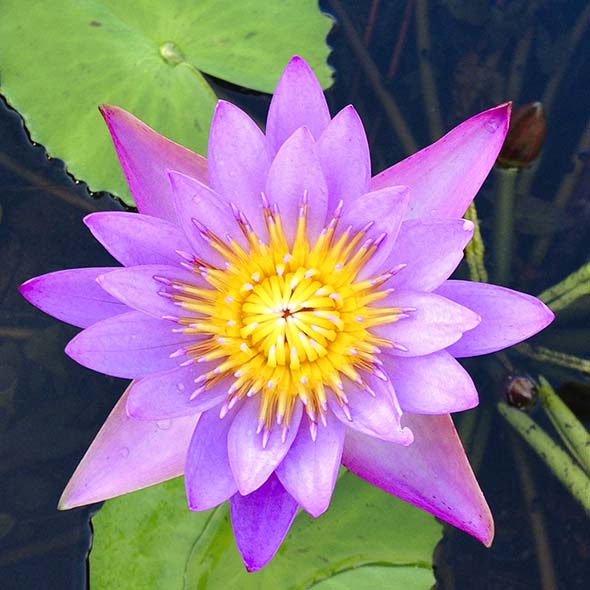
Gratitude
Thank you to the KTM Society and Travel XS for sponsoring our travel throughout South India and Mrs. Meenakshi Meyyappan and her team at The Bangala for their gracious hospitality during our Faces, Places and Plates stay in Karaikudi, Tamil Nadu in 2016.
All words and photos are our own. We did not share with the sponsors before publication.

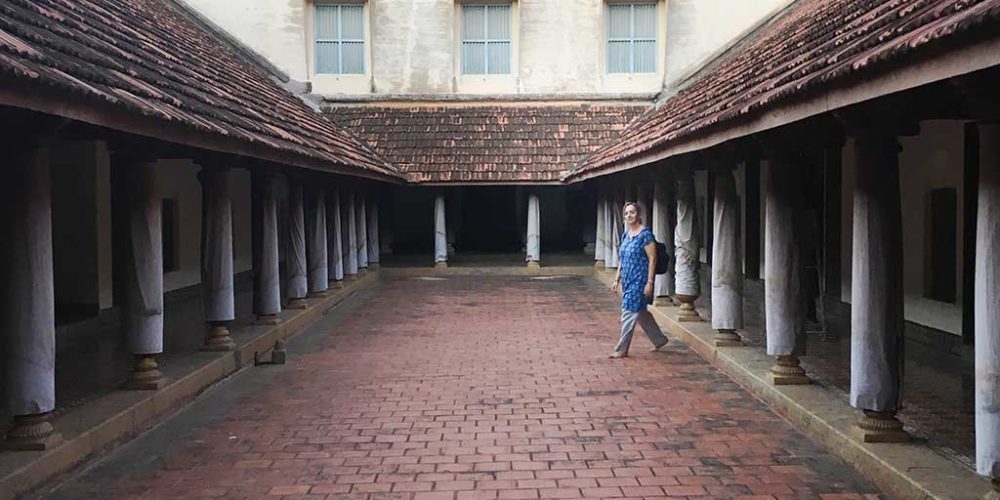
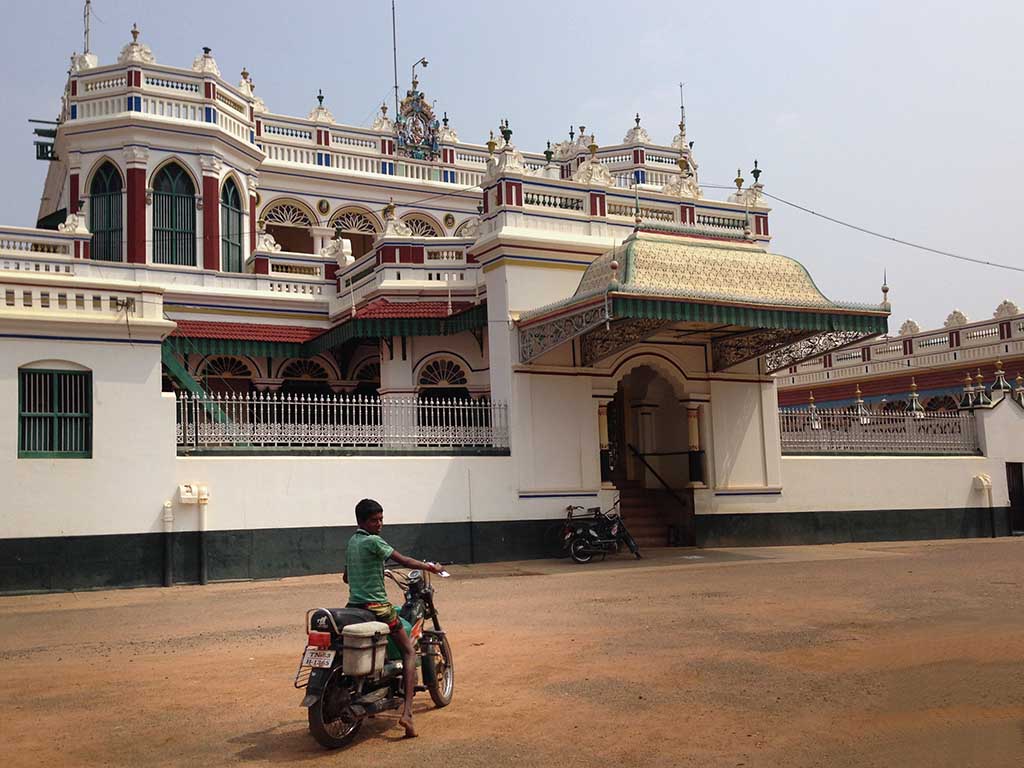
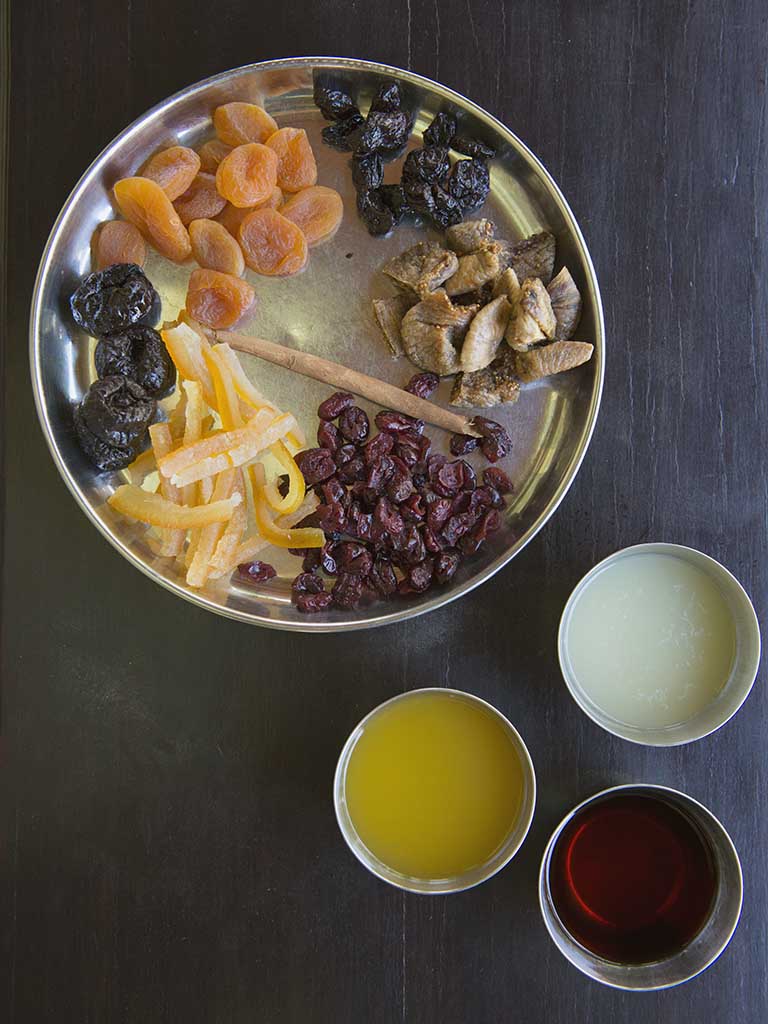
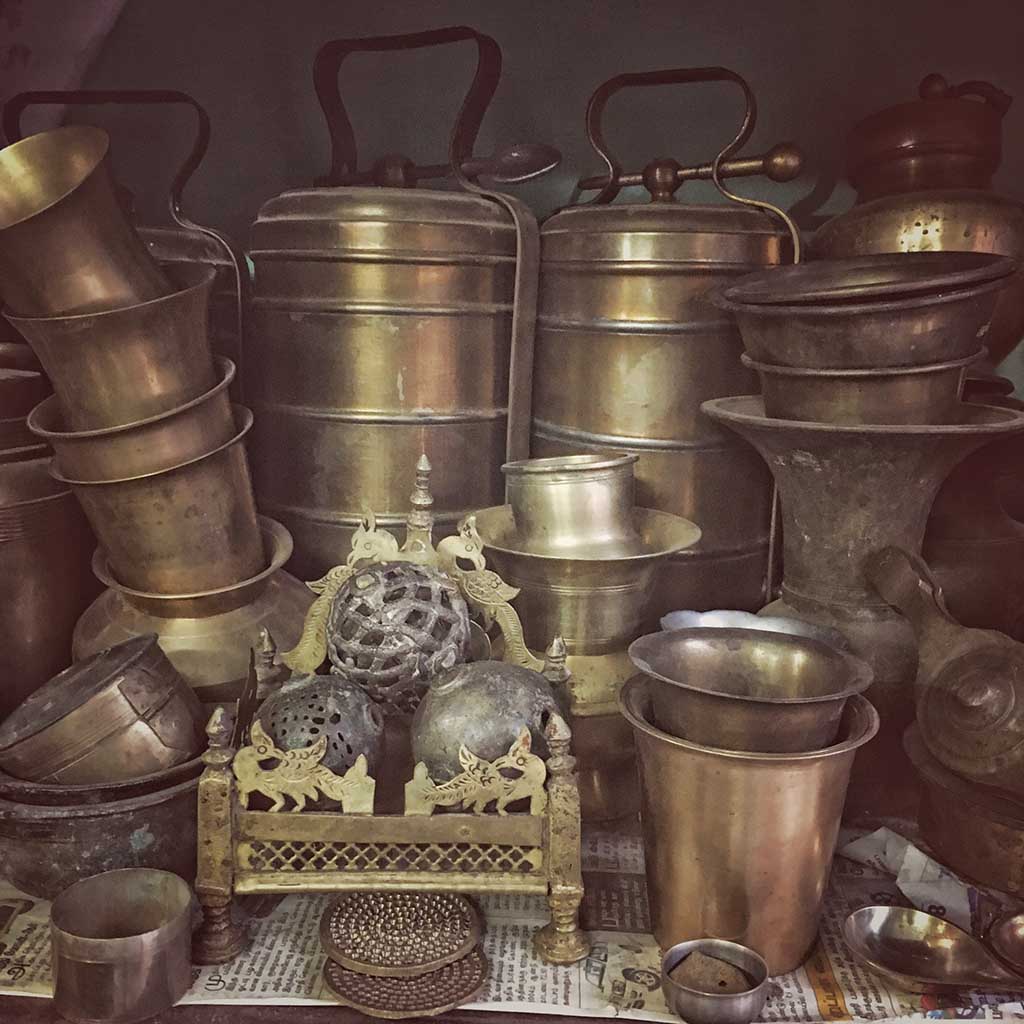
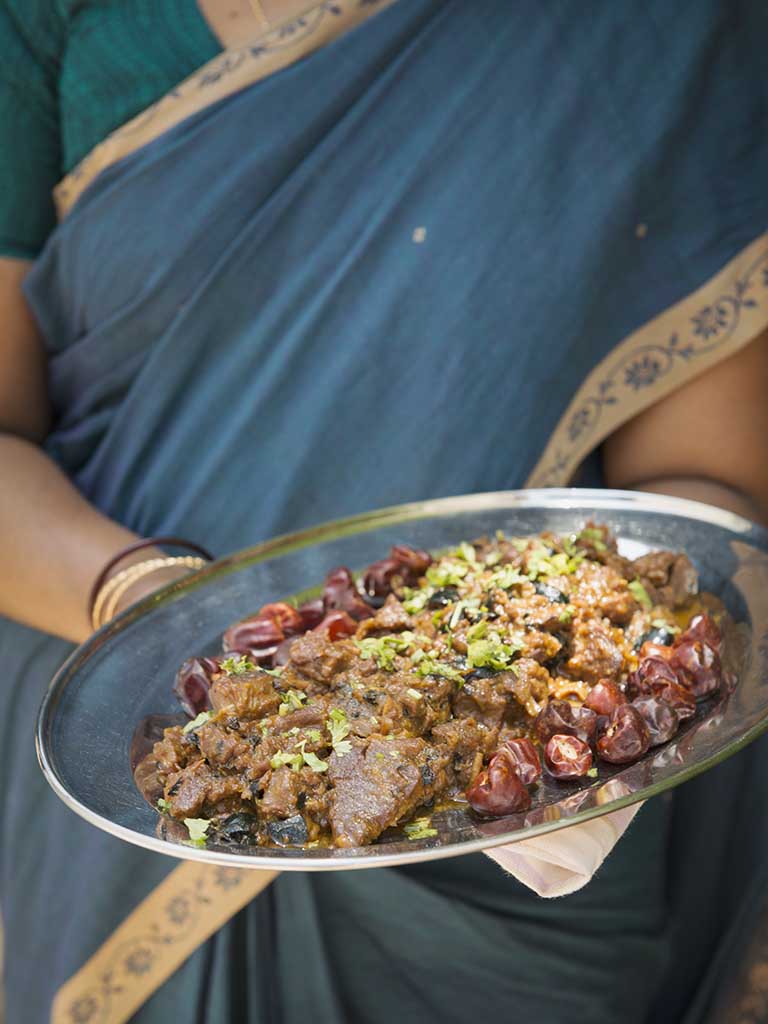
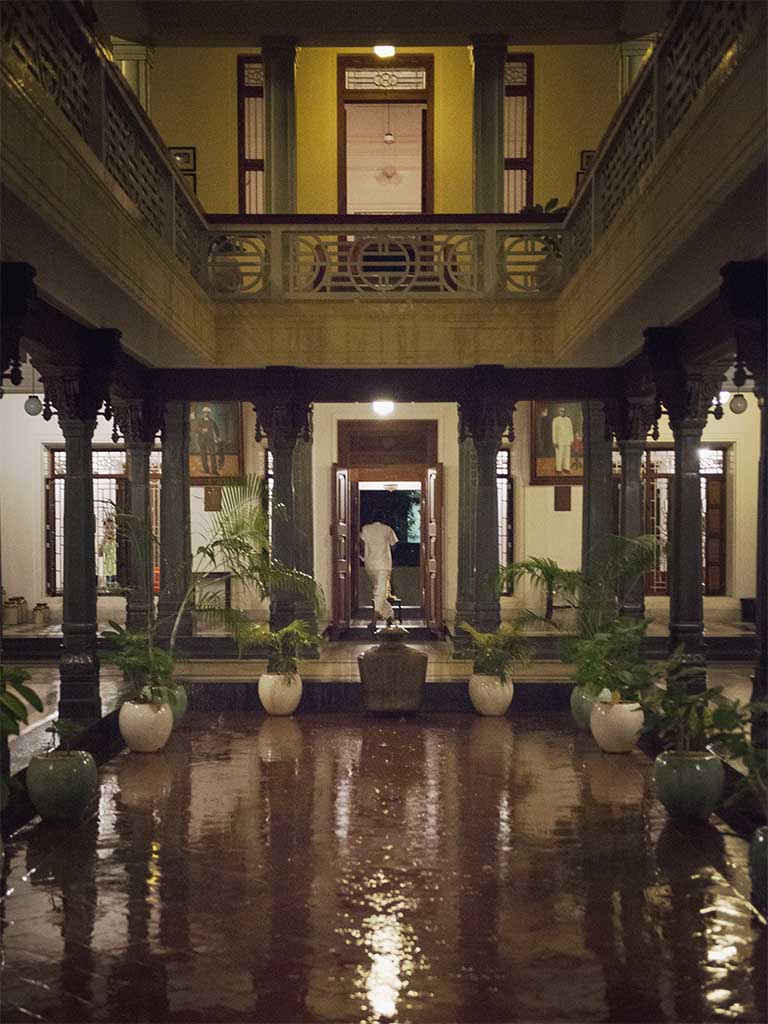
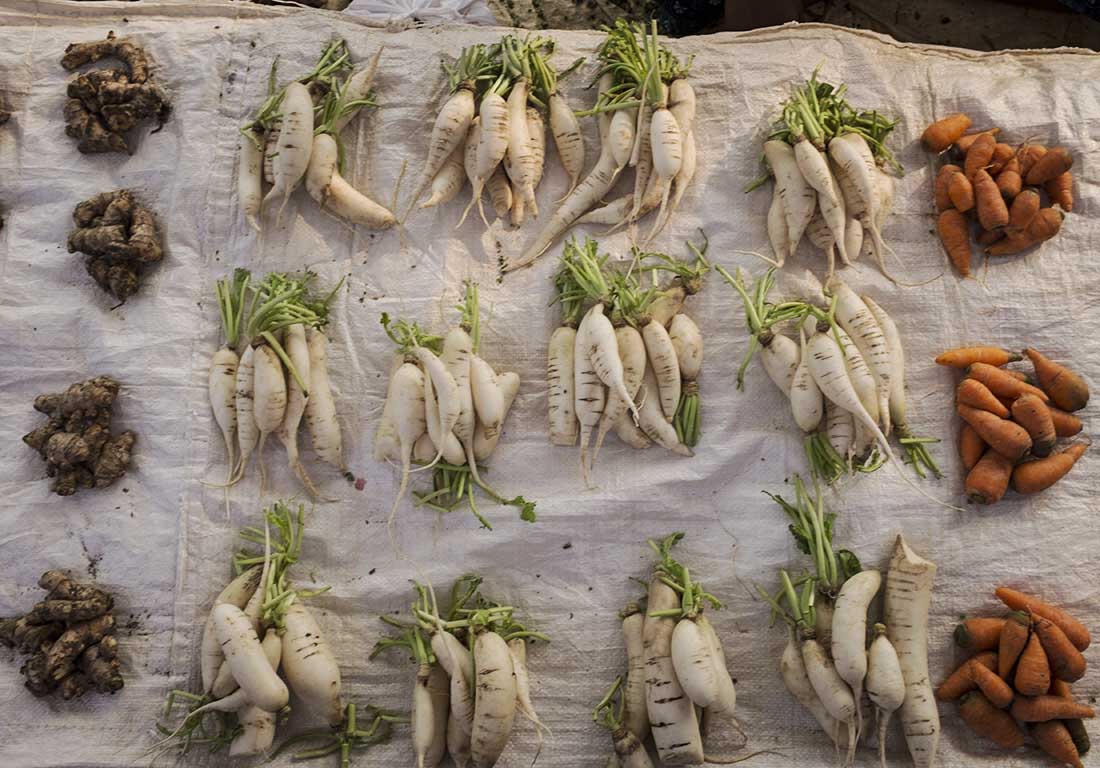
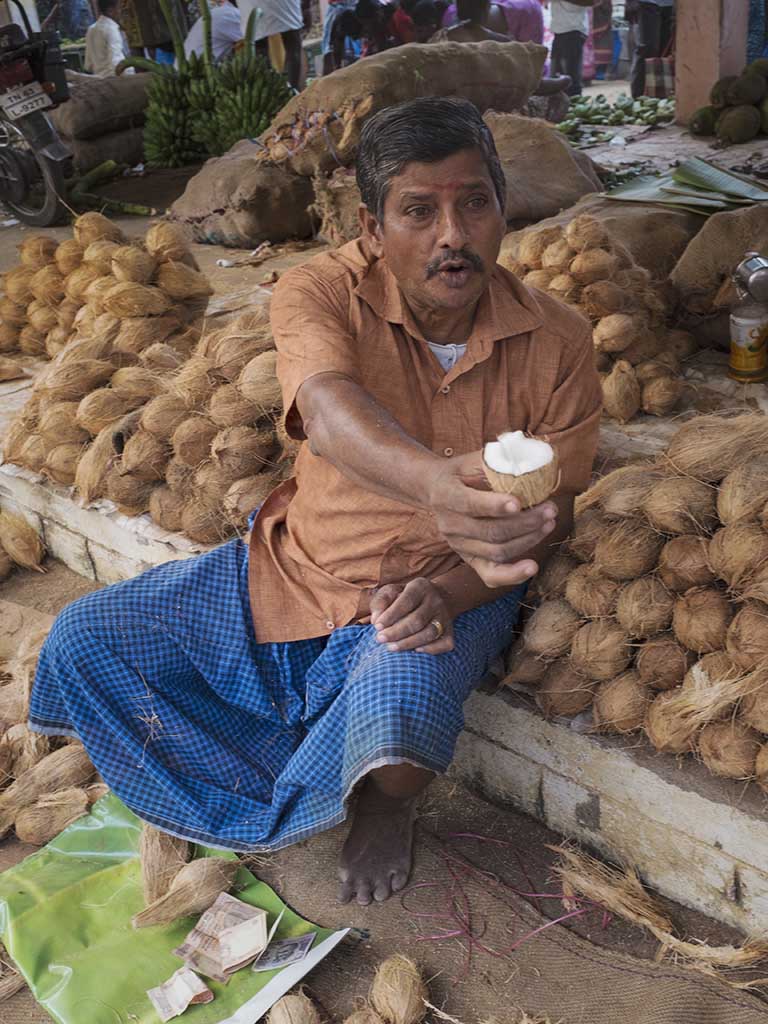
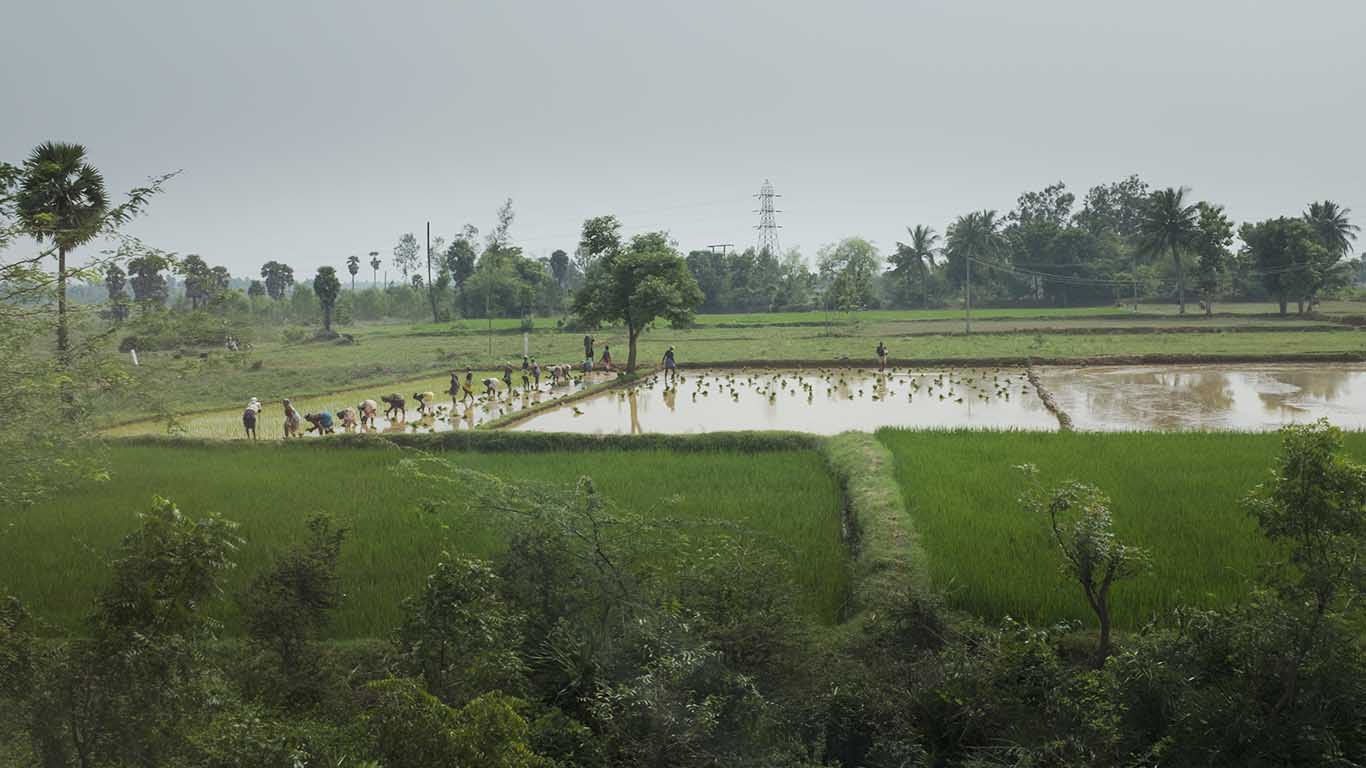
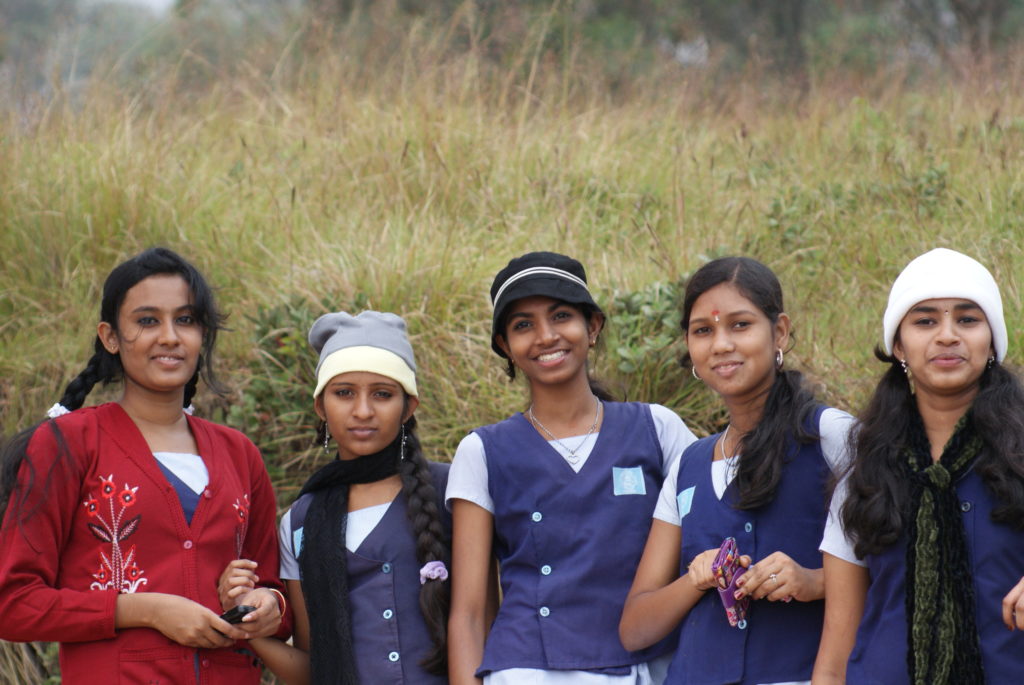
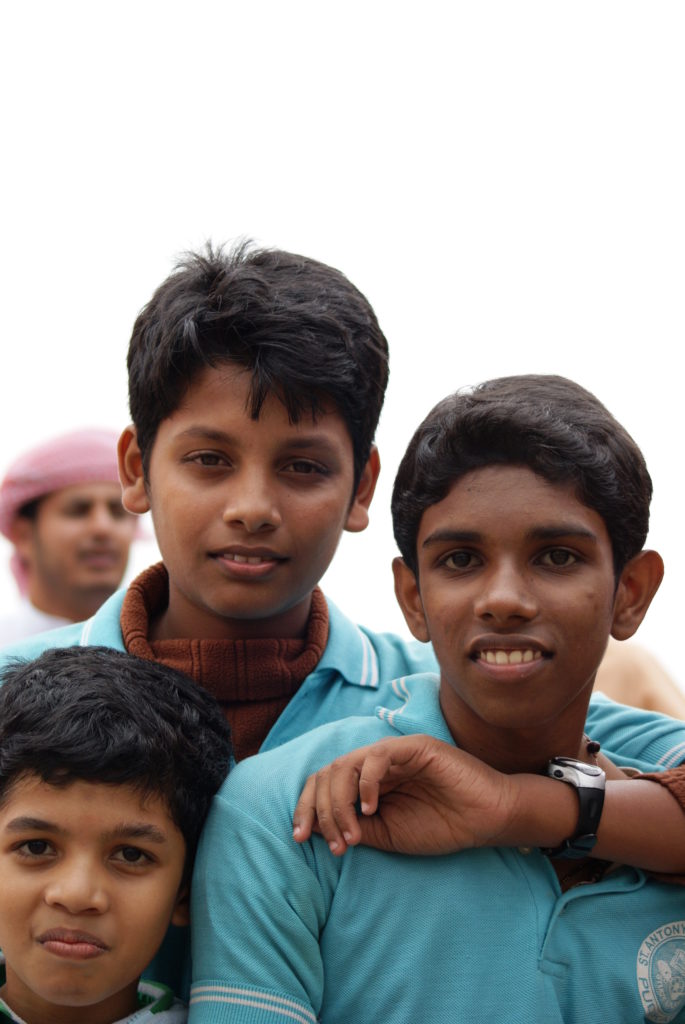
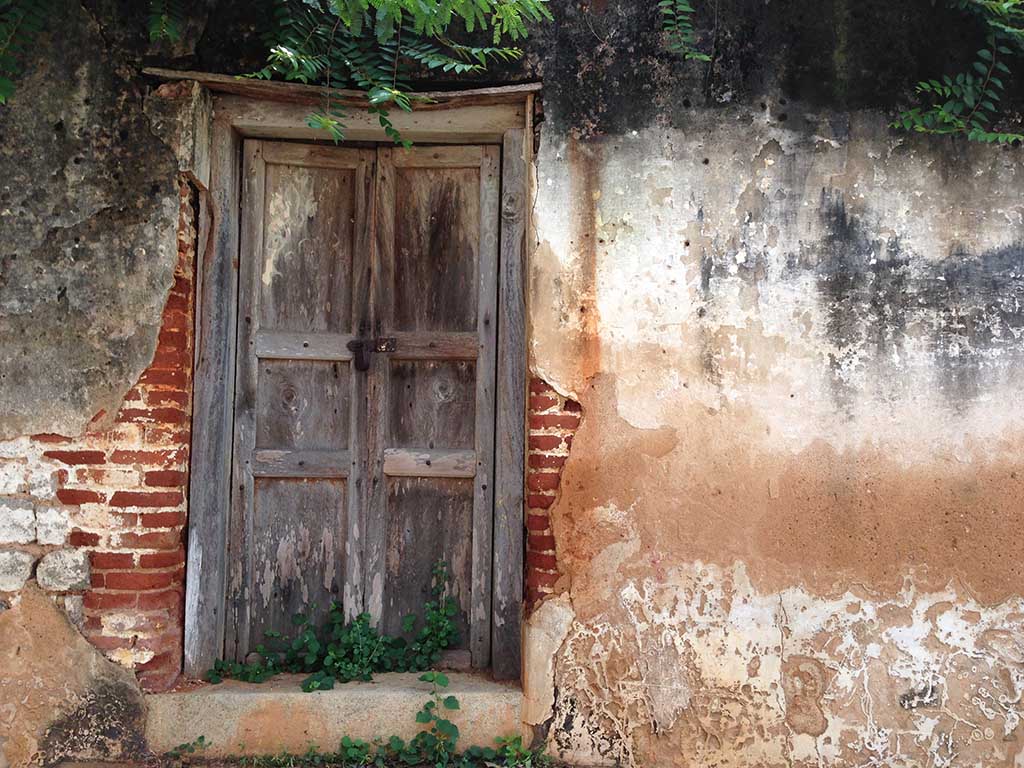
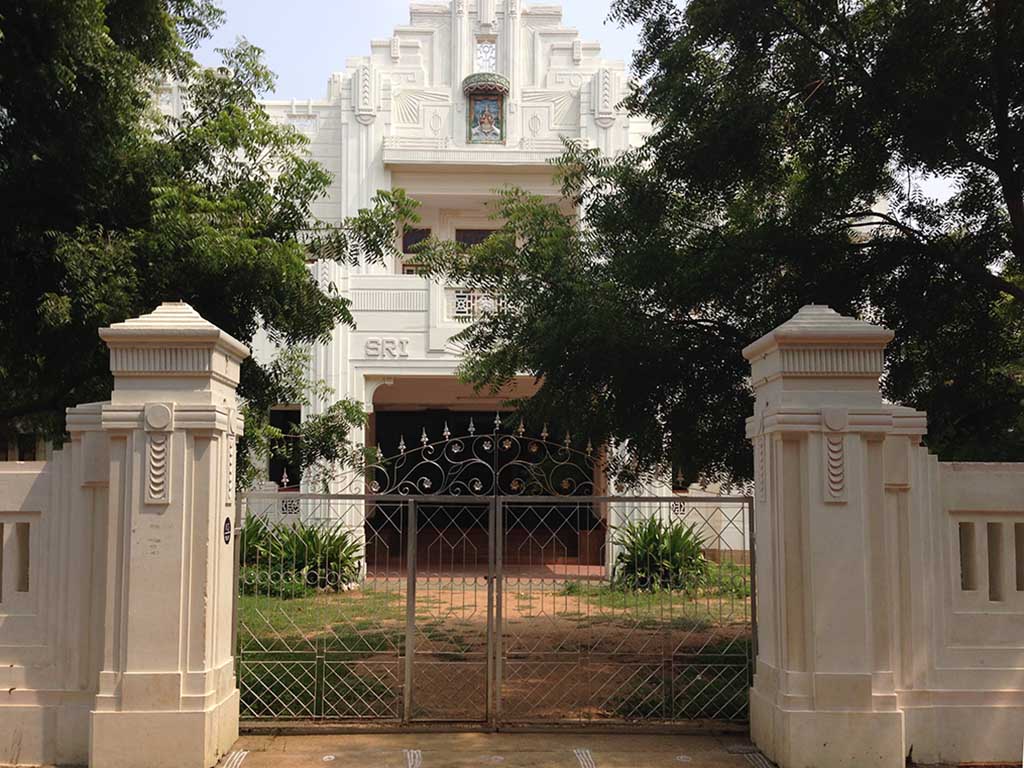
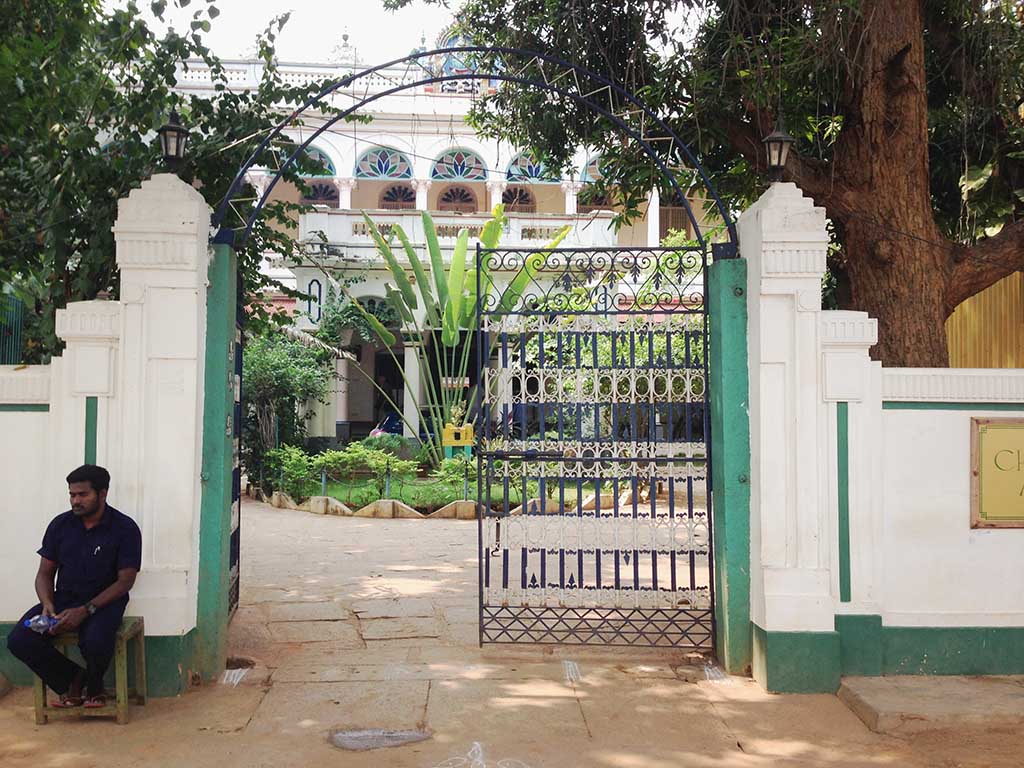
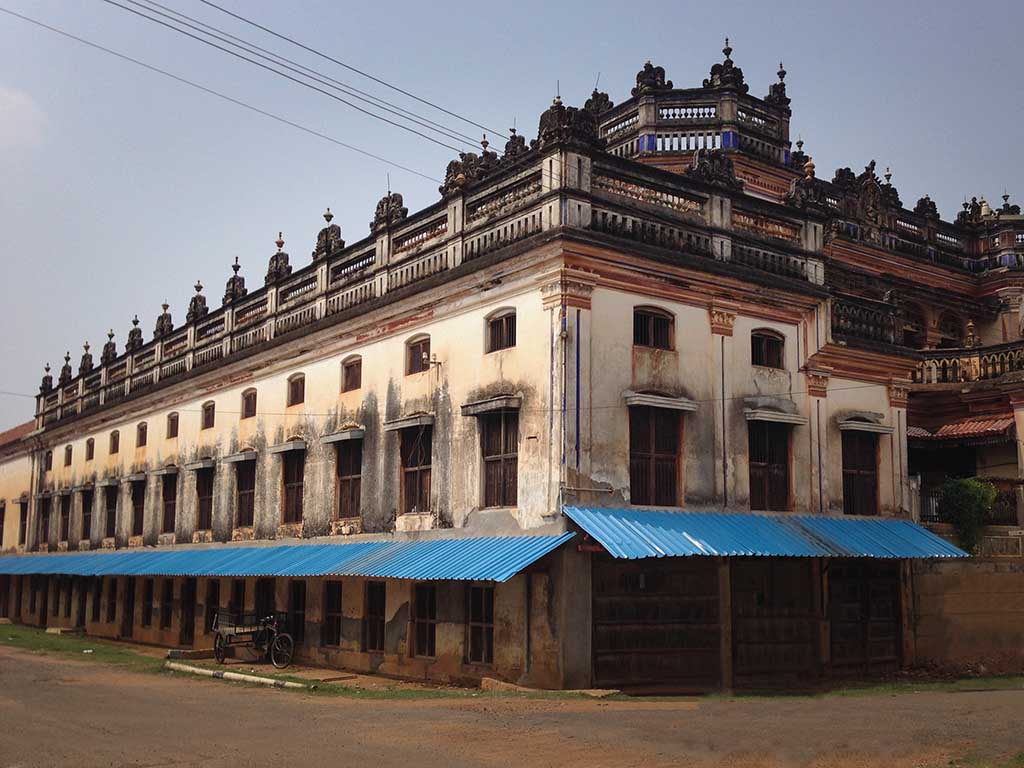
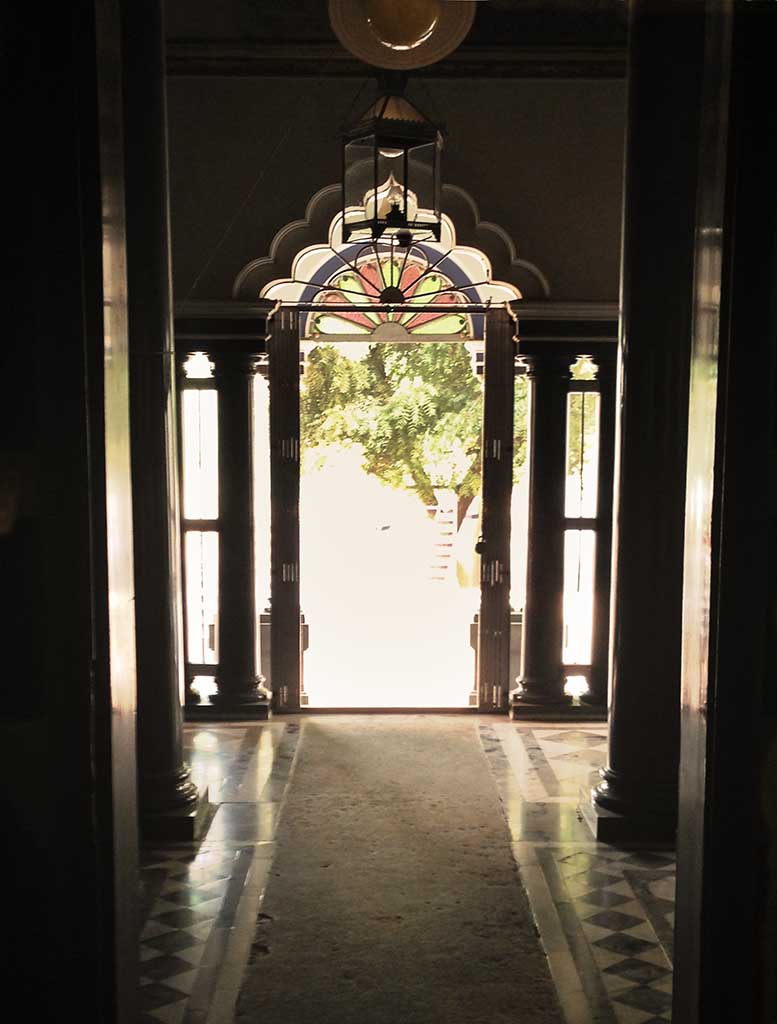
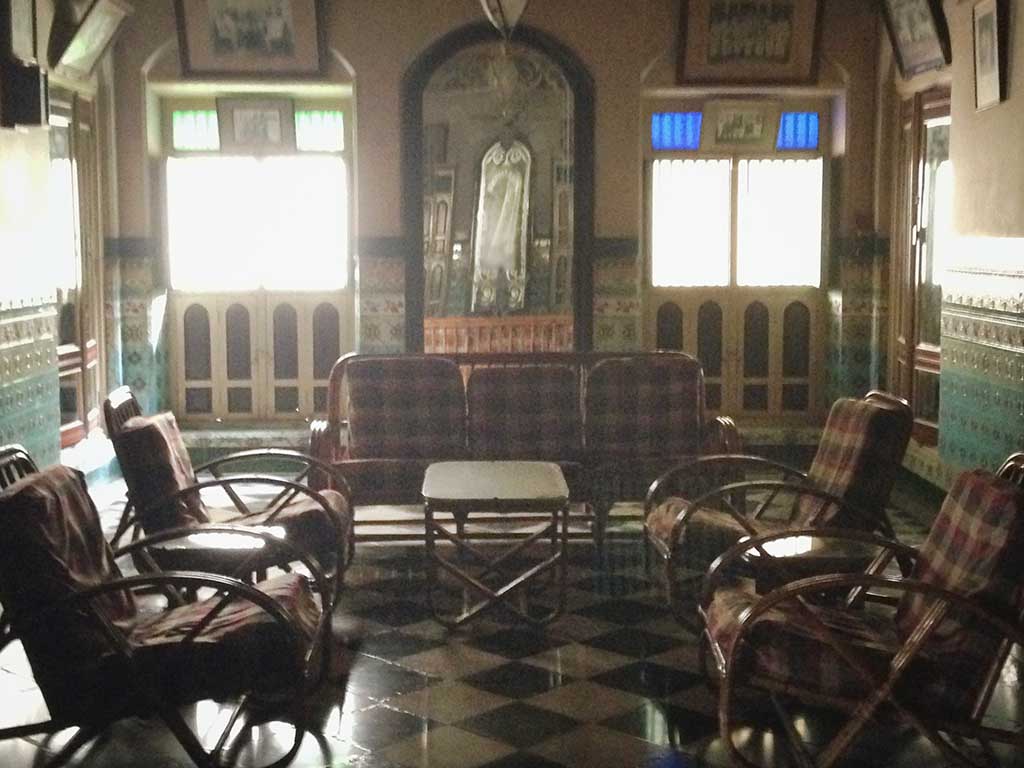
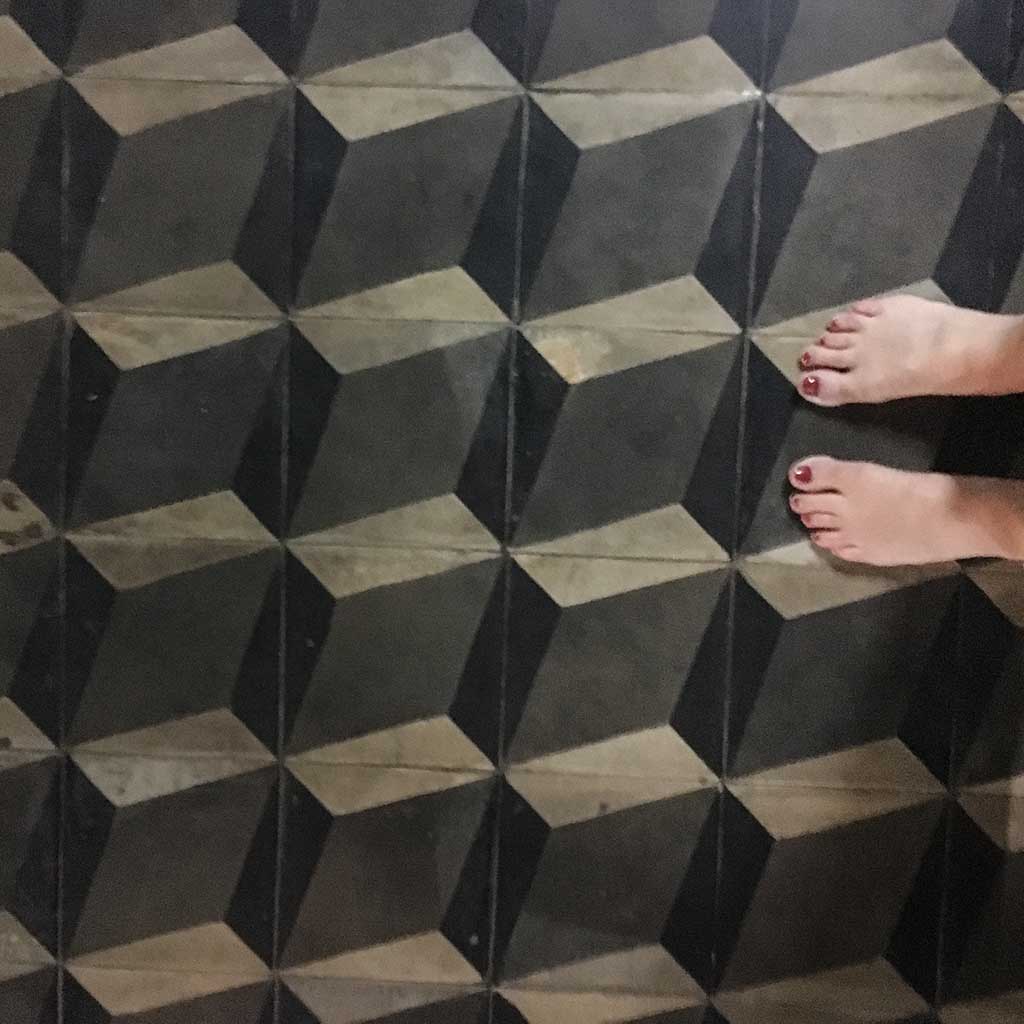
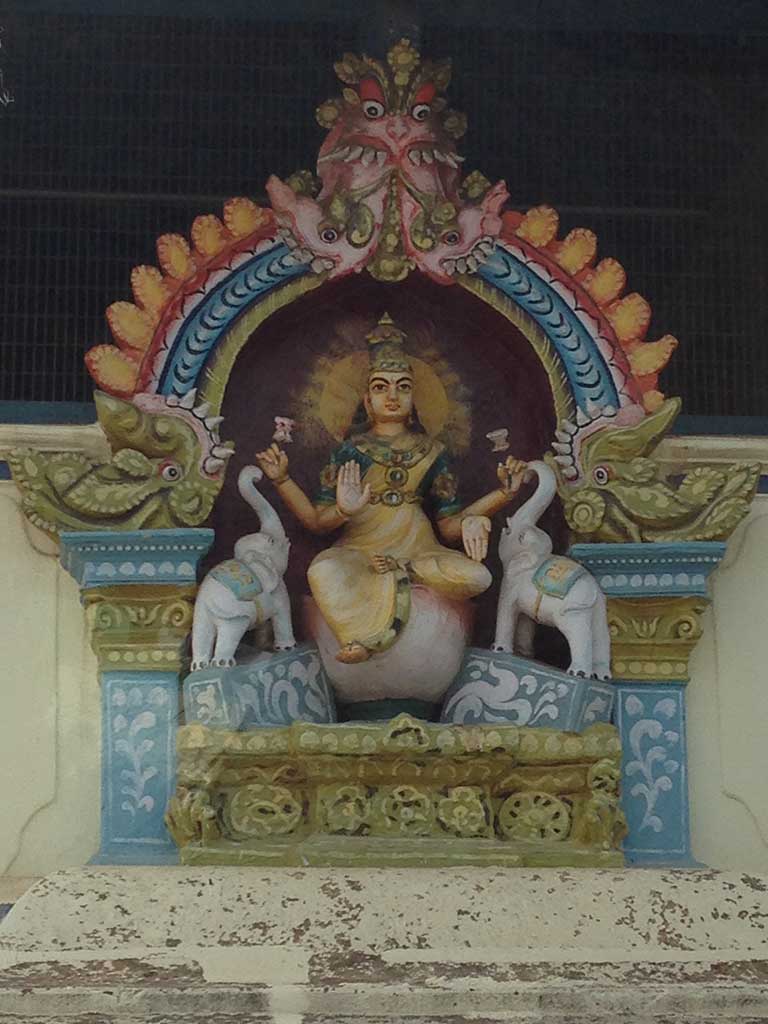
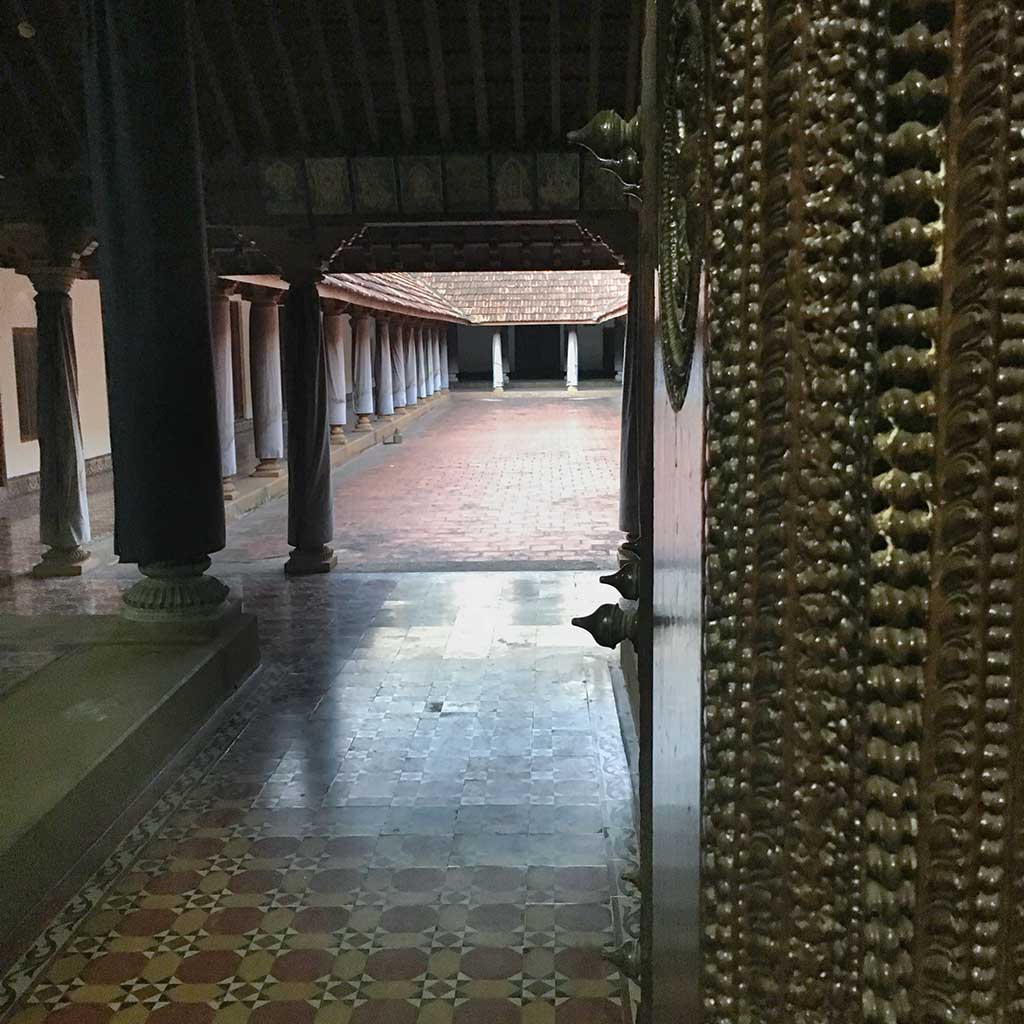
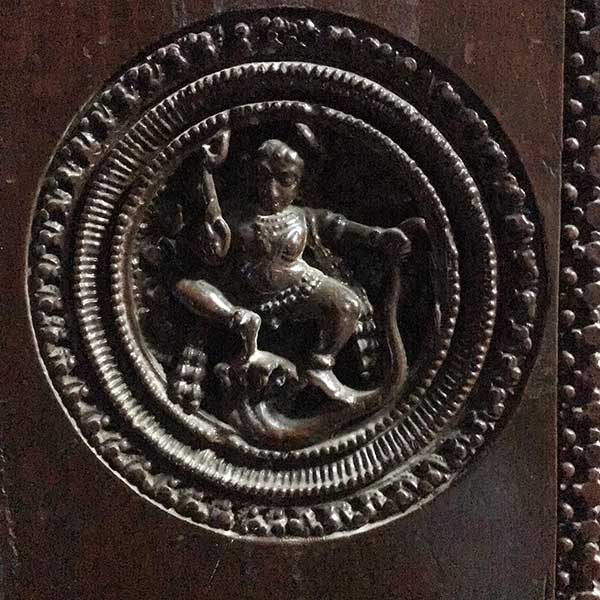

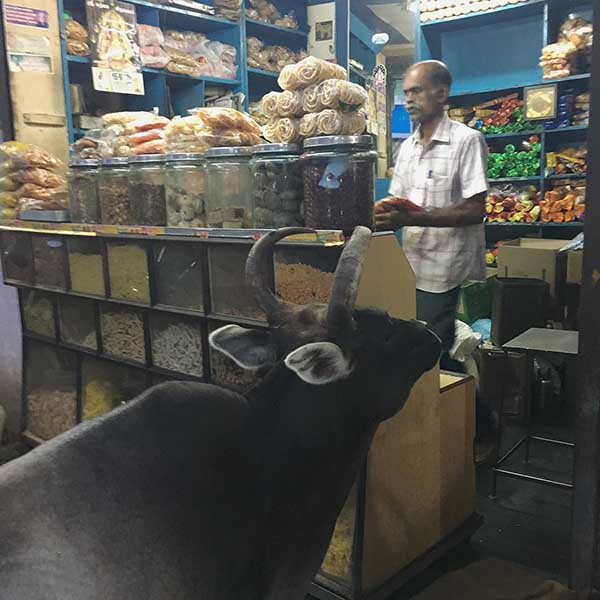
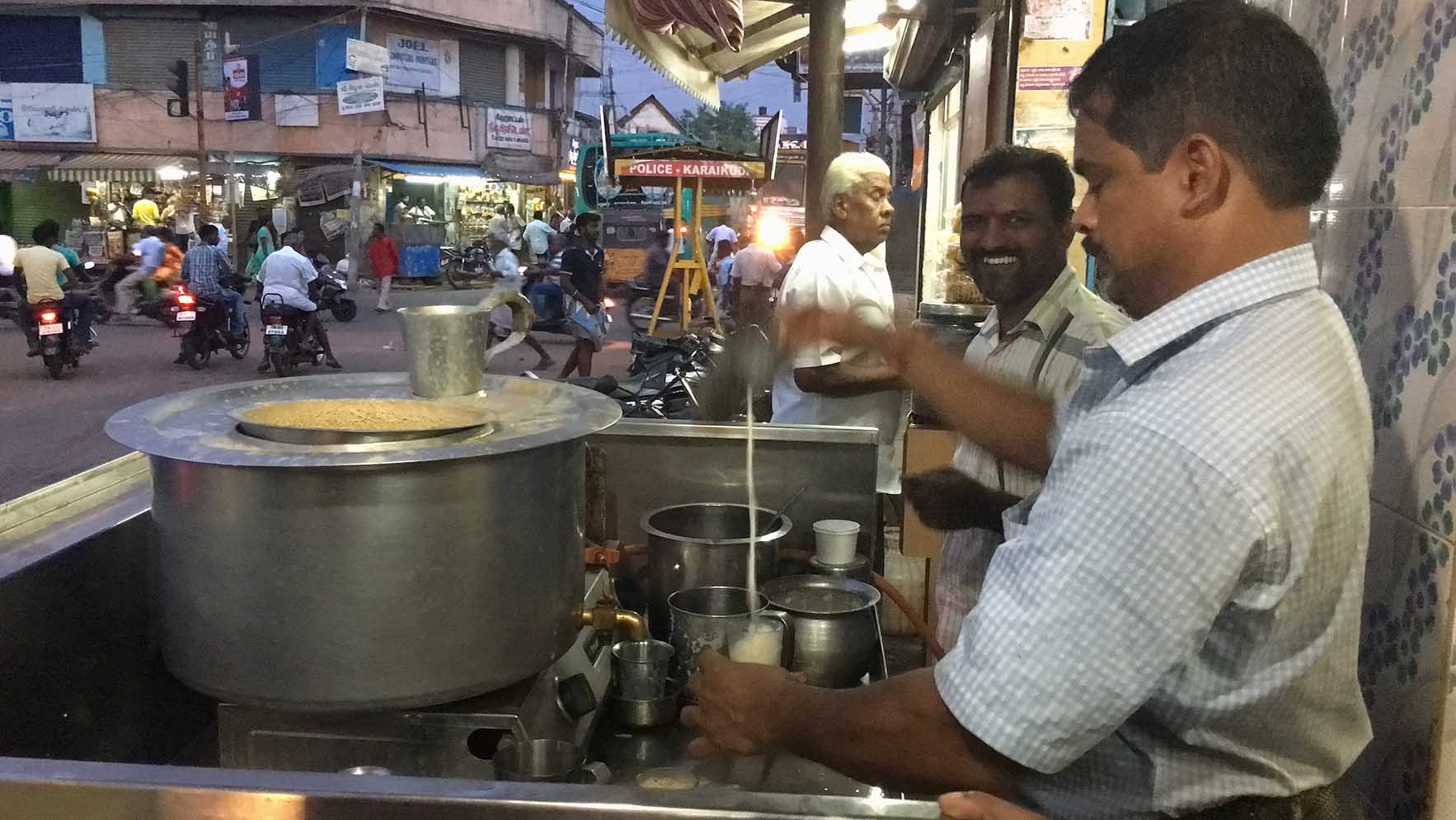
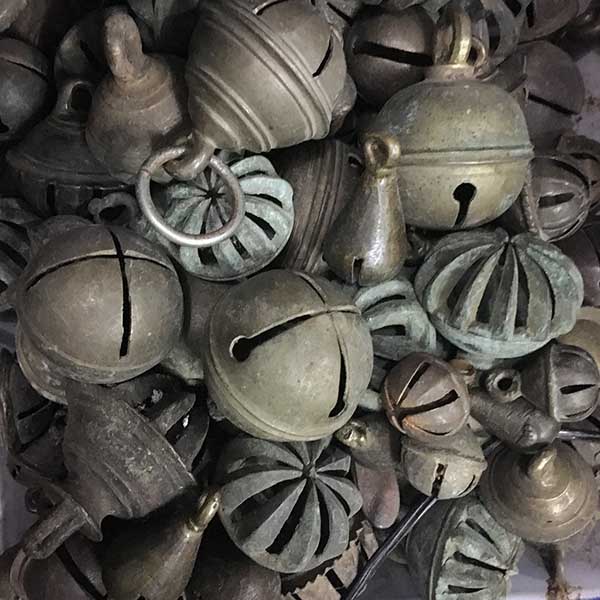
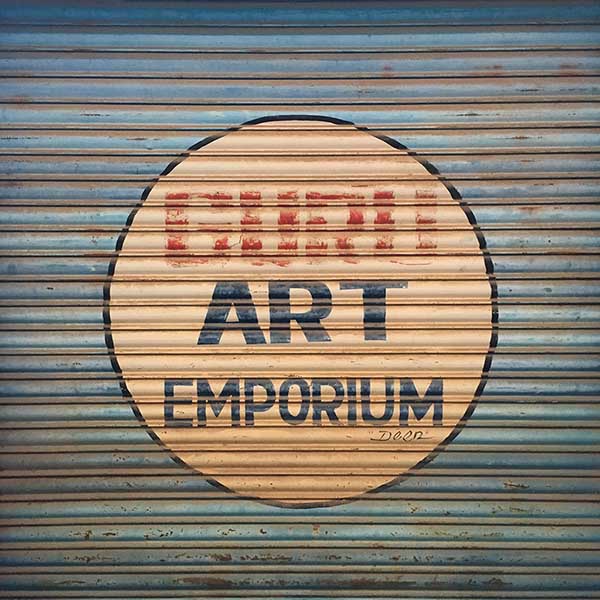
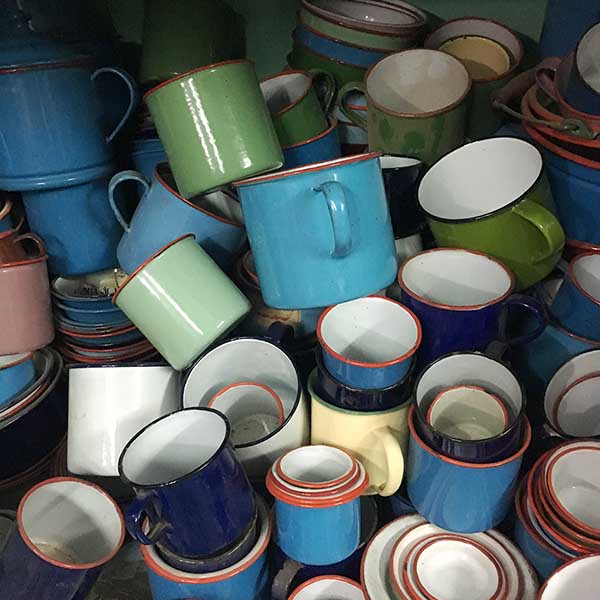
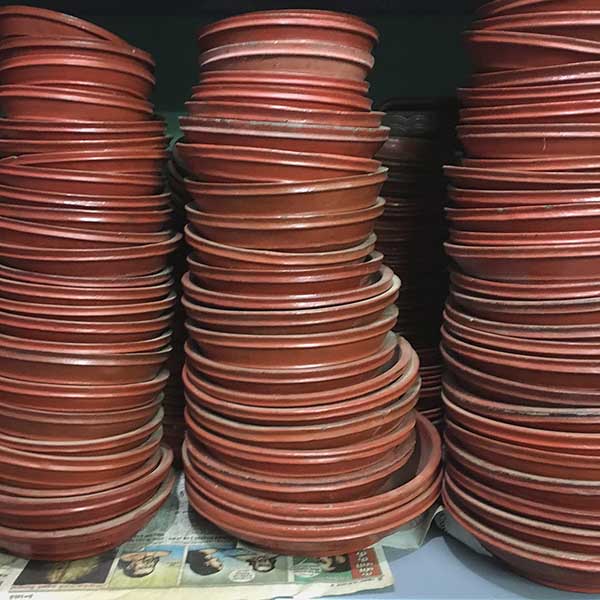
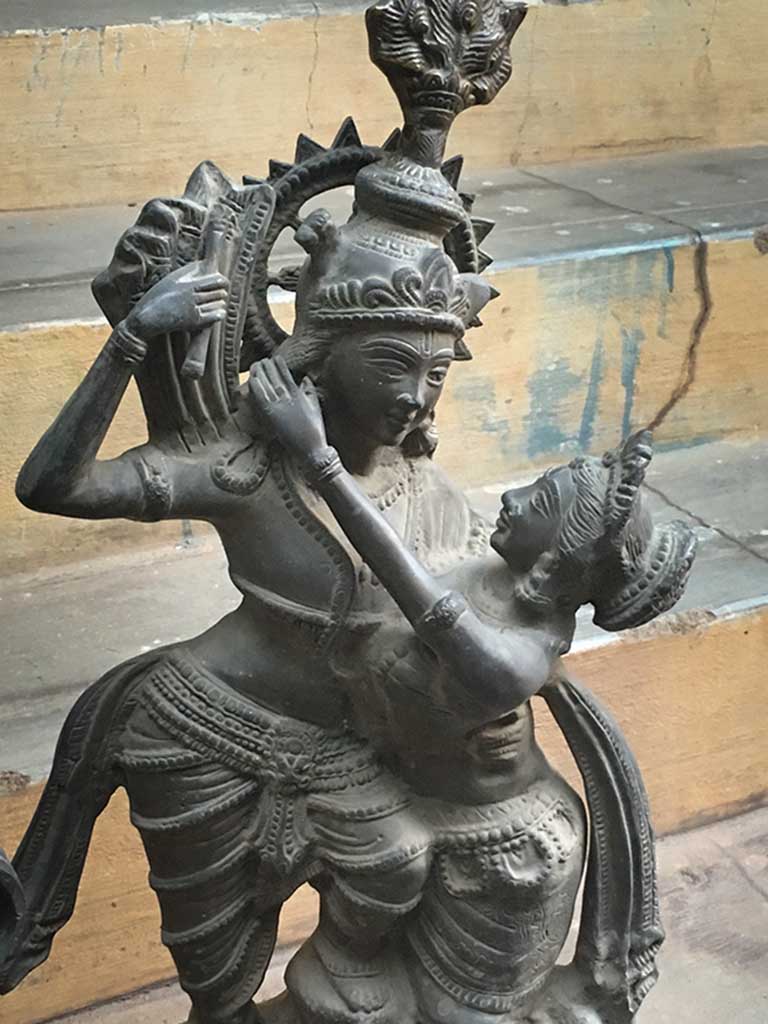
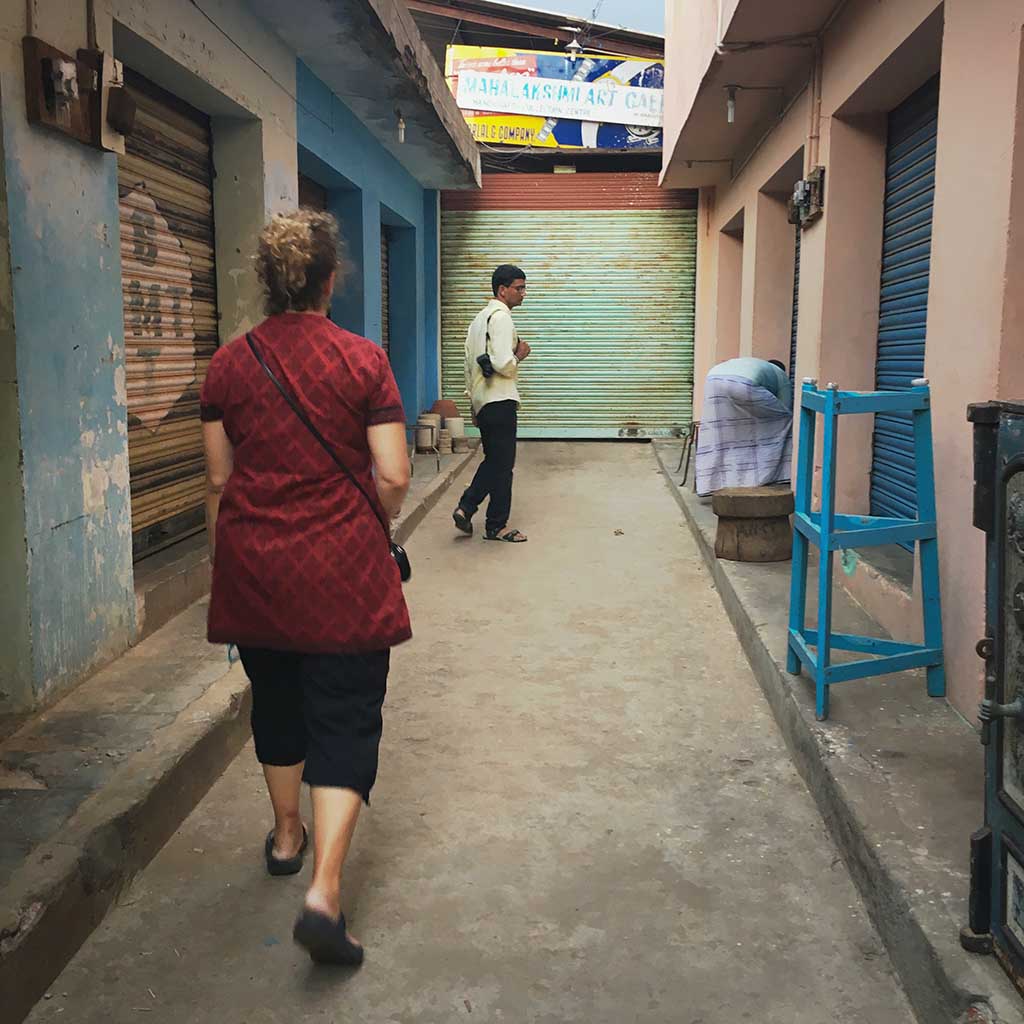
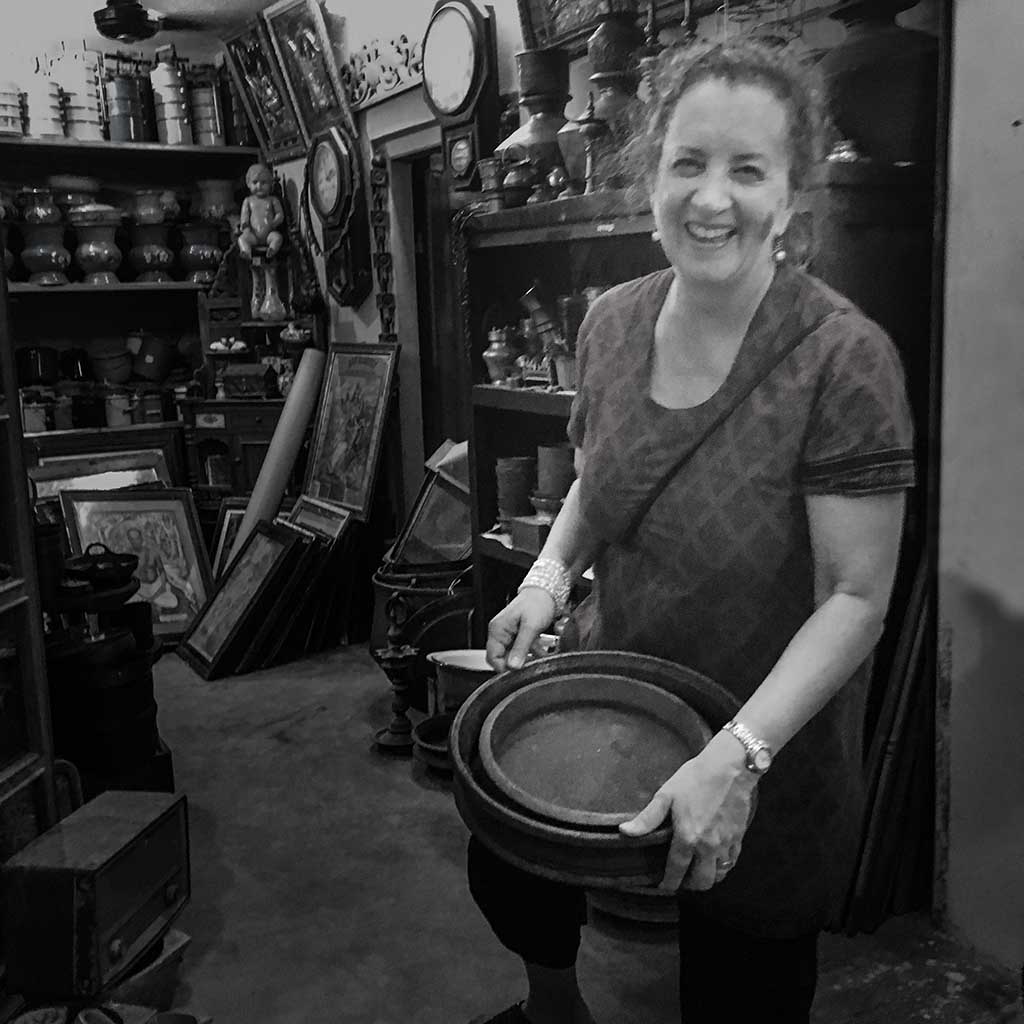
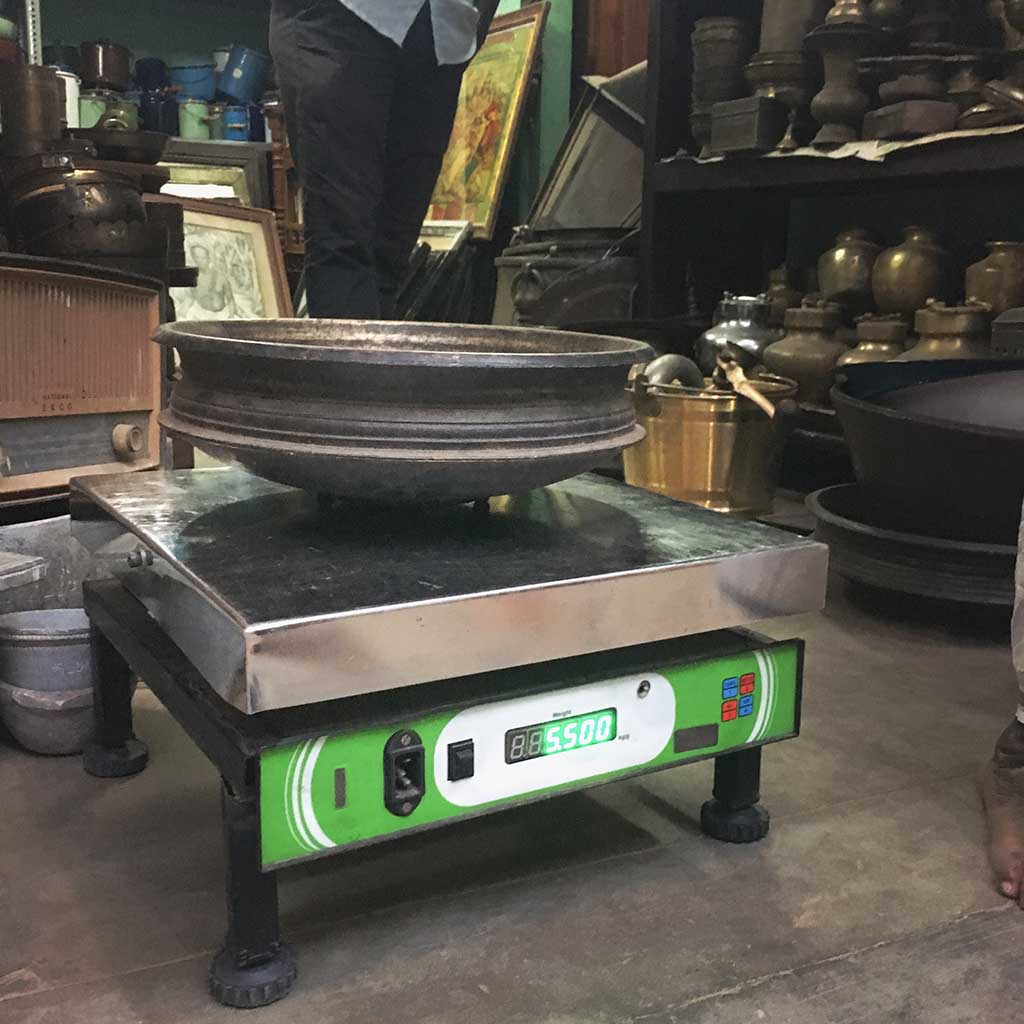
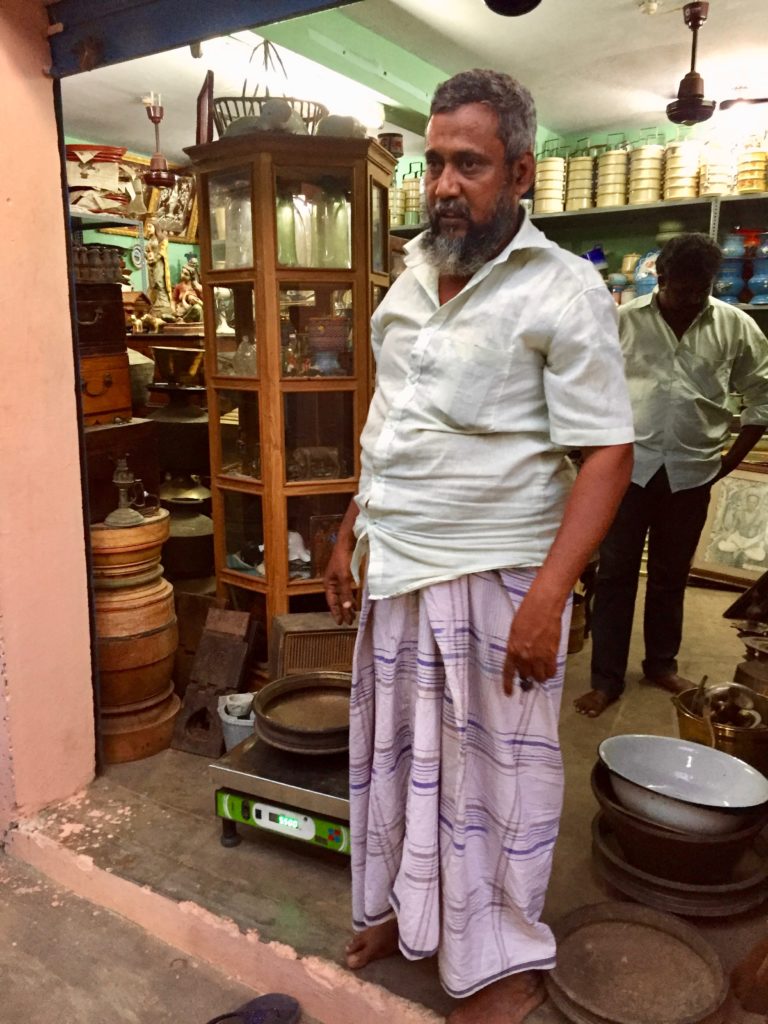
Wonderful and so well written and photos beautiful. Thanks for the story
Nice to hear from you Gerri, and thank you for reading and the compliment. You know how much passion has gone into this project! – PAC
Hi
Planning to do a solo trip to Karaikud to buy some reasonable stuff to do up my apartment . Can you advise how to go about it or from where to book a tour & driver ?
Namaskaram Asha,
We hope you have a lovely time at Karaikudi. We love it there. I’m not sure where you are starting your journey from but our friends at Travel XS have offices throughout South India and I’m sure they’d be pleased to help you arrange a stay. Madurai is the easiest place fly into. There’s also a train from Chennai.
Pranam,
Karen and Pauli-Ann
Were you honestly treated ? How much did you pay for the first 10 Kg?
Namaskaram Airata,
We bartered hard and had a South Indian guide with us, vouching for us. It was a quiet time of year and a very slow day so that helped. I can’t remember what we paid. My apologies. Kindly, Karen